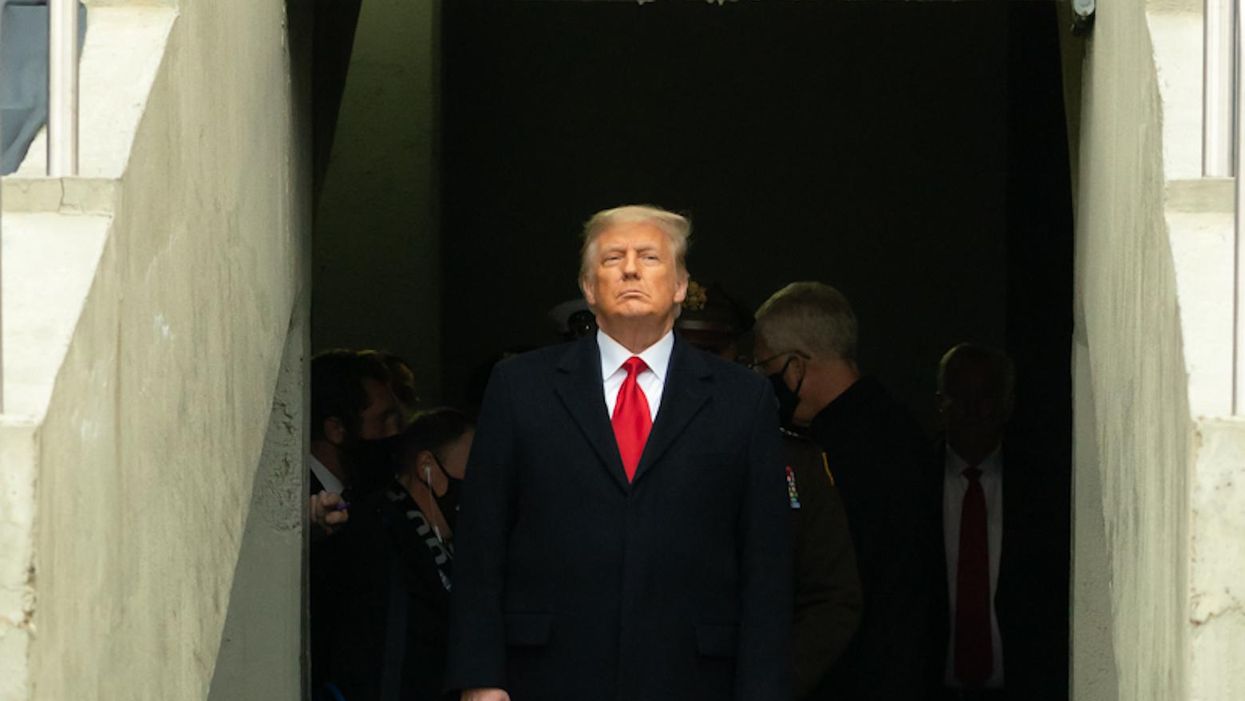Battle of Ain Jalut
| Battle of Ain Jalut | |||||||||
|---|---|---|---|---|---|---|---|---|---|
| Part of the Mongol invasions of the Levant | |||||||||
 Map showing movements of both forces, meeting eventually at Ain Jalut | |||||||||
| |||||||||
| Belligerents | |||||||||
| Commanders and leaders | |||||||||
| Kitbuga † | |||||||||
| Units involved | |||||||||
| Light cavalry and horse archers, heavy cavalry, infantry | Mongol lancers and horse archers, Cilician Armenian troops, Georgian contingent, local Ayyubid contingents | ||||||||
| Strength | |||||||||
| 15–20,000[2][3][4] | 10–20,000[5][6][7][8][9][10] | ||||||||
| Casualties and losses | |||||||||
| Unknown | most of the army[11][12][13] | ||||||||
The Battle of Ain Jalut (Arabic: معركة عين جالوت, romanized: Ma'rakat ‘Ayn Jālūt), also spelled Ayn Jalut, was fought between the Bahri Mamluks of Egypt and the Mongol Empire on 3 September 1260 (25 Ramadan 658 AH) in southeastern Galilee in the Jezreel Valley near the Spring of Harod (Arabic: عين جالوت, romanized: ‘Ayn Jālūt, lit. 'Spring of Goliath'). The battle was fought not far from the site of Zir'in, a now-destroyed Palestinian village in present-day Israel. The battle marked the height of the extent of Mongol conquests, and was the first time a Mongol advance had ever been permanently beaten back in direct combat on the battlefield.
Continuing the westward expansion of the Mongol Empire, the armies of Hulagu Khan captured and sacked Baghdad in 1258, along with the Ayyubid capital of Damascus sometime later.[15] Hulagu sent envoys to Cairo demanding Qutuz surrender Egypt, to which Qutuz responded by killing the envoys and displaying their heads on the Bab Zuweila gate of Cairo. Shortly after this, Hulagu returned to Mongolia with the bulk of his army in accordance with Mongol customs, leaving approximately 10,000 troops west of the Euphrates under the command of general Kitbuqa.
Learning of these developments, Qutuz quickly advanced his army from Cairo towards Palestine. Kitbuqa sacked Sidon, before turning his army south towards the Spring of Harod to meet Qutuz' forces. Using hit-and-run tactics and a feigned retreat by Mamluk general Baibars, combined with a final flanking maneuver by Qutuz, the Mongol army was pushed in a retreat toward Bisan, after which the Mamluks led a final counterattack, which resulted in the death of several Mongol troops, along with Kitbuqa himself.
The battle has been cited as the first time the Mongols were permanently prevented from expanding their influence,[14] and also incorrectly cited as the first major Mongol defeat. It also marked the first of two defeats the Mongols would face in their attempts to invade Egypt and the Levant, the other being the Battle of Marj al-Saffar in 1303. The earliest known use of the hand cannon in any military conflict is also documented to have taken place in this battle by the Mamluks, who used it to frighten the Mongol armies, according to Arabic military treatises of the 13th and 14th centuries.













